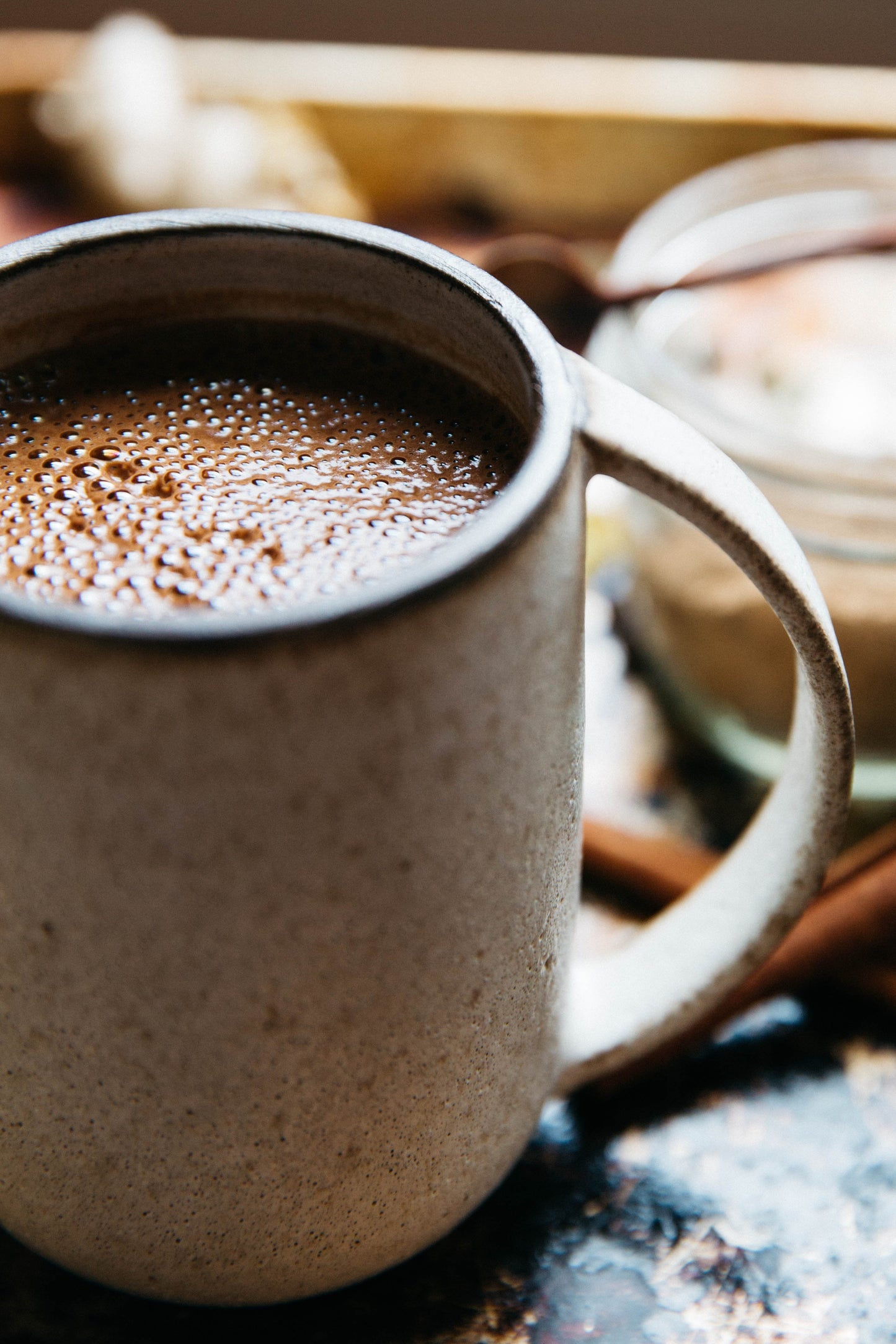Don't miss out! Get 25% OFF Maya Tea Seasonal Teas through 1/31! Get them before they are gone for the season!
Discount applies automatically in cart.

I am an American, and I have never tried milk with my tea. I do take it with my coffee, just a bit for color, but I have never (not even once!) tasted it with black tea. The English would be appalled.
There have been bitter debates over the proper way to prepare and drink tea for nearly as long as the leaves have been harvested. This may sound a little melodramatic, but I’m not exaggerating—the debates have been bitter, and they have been long. People take their tea very seriously. Several years ago, before I started working in the tea industry, I read a brief essay by Douglas Adams (The Hitchhiker’s Guide to the Galaxy) called, simply, “Tea,” in which he urged Americans to try loose leaf tea. Among his other suggestions, Adams addressed milk: “Some people will tell you that you shouldn’t have milk with Earl Grey, just a slice of lemon. Screw them. I like it with milk. If you think you will like it with milk, then it’s probably best to put some milk into the bottom of the cup before you pour in the tea. If you pour milk into a cup of hot tea, you will scald the milk. If you think you will prefer it with a slice of lemon, then, well, add a slice of lemon.” As a footnote regarding pouring the milk first, he adds: “This is socially incorrect. The socially correct way of pouring tea is to put the milk in after the tea. Social correctness has traditionally had nothing whatever to do with reason, logic or physics. In fact, in England it is generally considered socially incorrect to know stuff or think about things. It's worth bearing this in mind when visiting.”
Then, after I had been working with Maya for about a year, a customer brought in for me an article written by George Orwell (Animal Farm) entitled “A Nice Cup of Tea,” in which he described his personal “golden rules” for tea preparation, of which there are eleven. His tenth rule opposes Adams’s in regards to milk: “Tenthly,” he says, “one should pour tea into the cup first. This is one of the most controversial points of all; indeed in every family in Britain there are probably two schools of thought on the subject. The milk-first school can bring forward some very strong arguments, but I maintain that my own argument in unanswerable. This is that, by putting the tea in first and stirring as one pours, one can exactly regulate the amount of milk whereas one is liable to put in too much milk if one does it the other way round.”
Something you may not know about me: I am a literature buff, a real book-junkie. Douglas Adams is one of my personal heroes, and I have nothing but the utmost respect for George Orwell. Both of these men were English, and both took their tea with milk—in fact they insisted on it. So naturally, I think I ought to give it a try.
This morning I brewed a strong cup of English Breakfast, appropriately I thought. I went to the fridge and looked for milk. The jug on the second shelf had a pink lid, and something in my psyche told me that both Orwell and Adams would object to my using skim, but in all of their directions neither of them made any mention of what type of milk ought to be used, so I put their hypothetical objections conveniently out of mind.
I poured the tea first, and the milk second. My natural instinct is to go with Adams on his milk-first defense, it is an argument that makes natural sense to me and is a method that I have applied to my coffee habbits in the years since reading his essay. But today, for tea, I took Orwell’s suggestion to heart. I have never before had milk with my tea, and I wanted to screw it up as little as possible.
I didn’t know how much to add. I poured a little, stirred. I took a sip. I turned to my boss, Manish, absorbed in email across the room—“Does this look right?” He turned his head, his brows twisted in a look of question. Add a little more, he said. I did. I took a sip. “How about now?” He looked at the glass and then at the jug of milk in my hand.
“What kind of milk is that?” he asked. I turned the jug from side to side, showing him that there was no label. “That’s your problem right there,” he said. "It's skim." I knew it, I thought.
“It’s all that we have. I think it’ll be fine…” I answered. I took another sip. The color looks about right, I think. Slightly lighter than I usually take my coffee. I’m sure this is about right. I took another sip.
It’s not bad, but is it better than drinking tea on its own? In my opinion, no. Douglas Adams would disagree. George Orwell would dismiss me for ignorance. Manish would insist that I had done it wrong (though he prefers plain tea as well). But amidst these connoisseurs and their bold opinions and arguments, I take solace in the notion that this was a simple experiment. Flawed? Certainly. But interesting.
I take one more sip of English-Breakfast-with-milk and then set the glass on the countertop. I reach for my coffee, ready and brewed, with plumes of milk settling into its layers. This is natural for me, and comfortable—what more could you expect of this American girl?